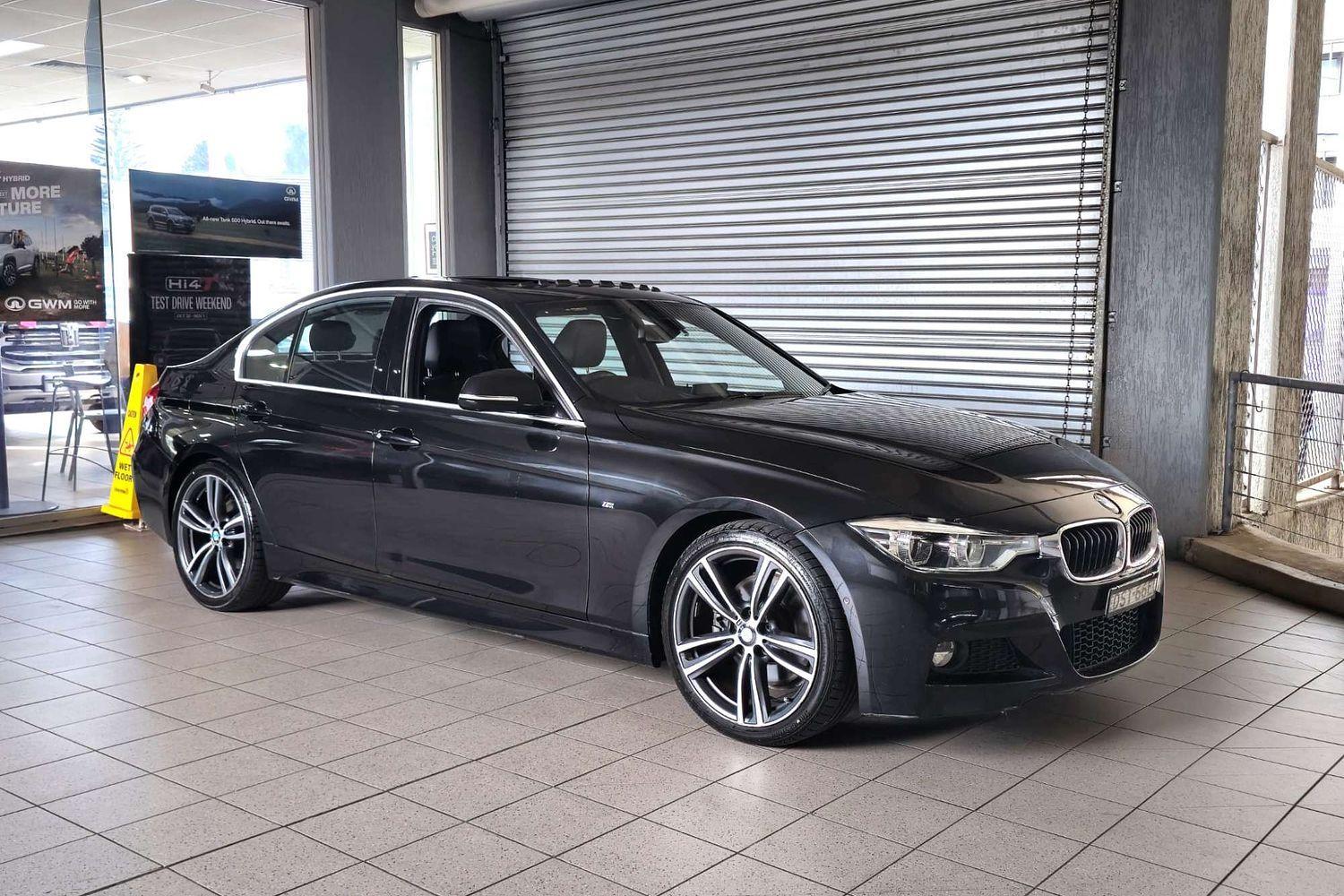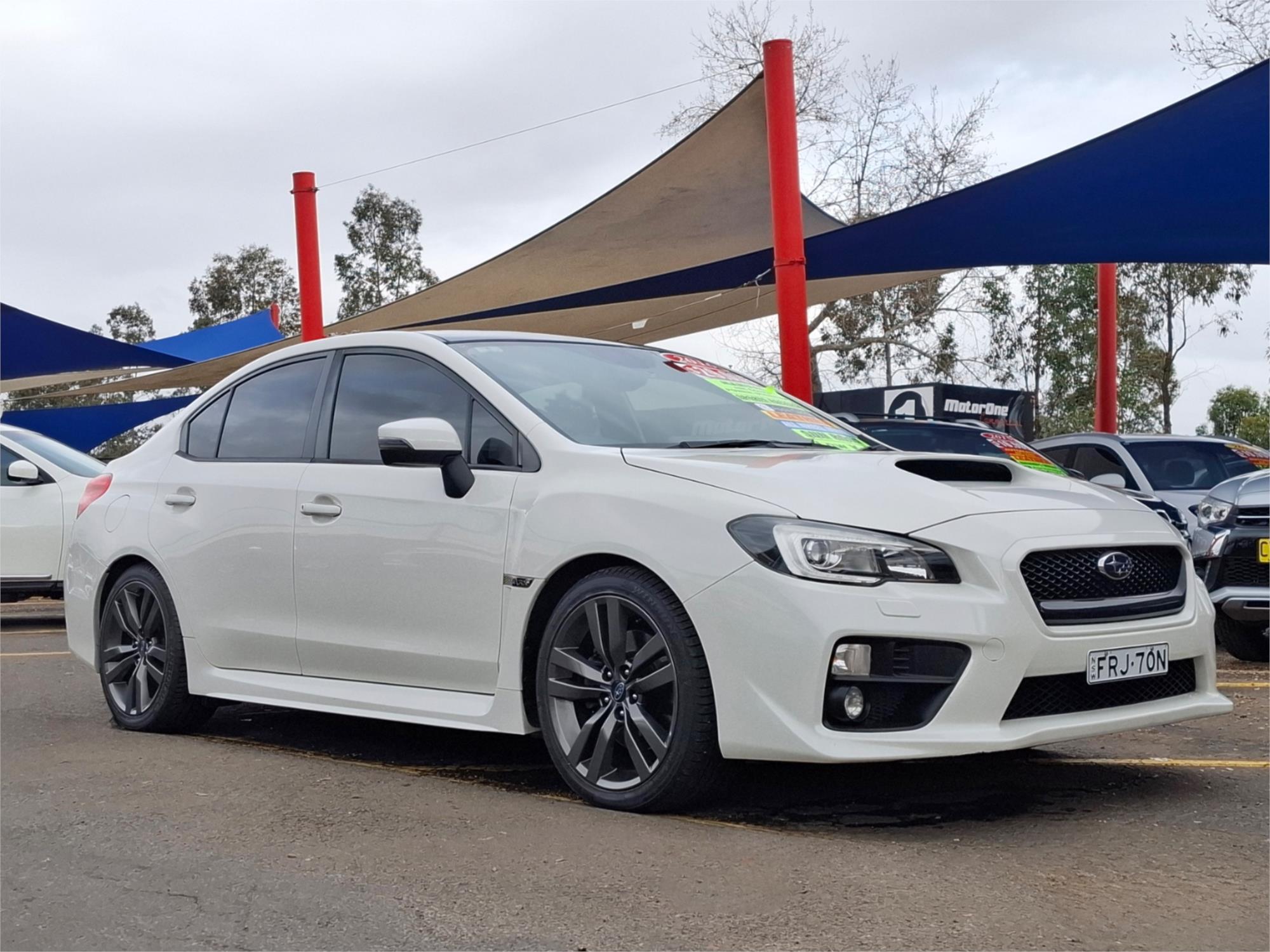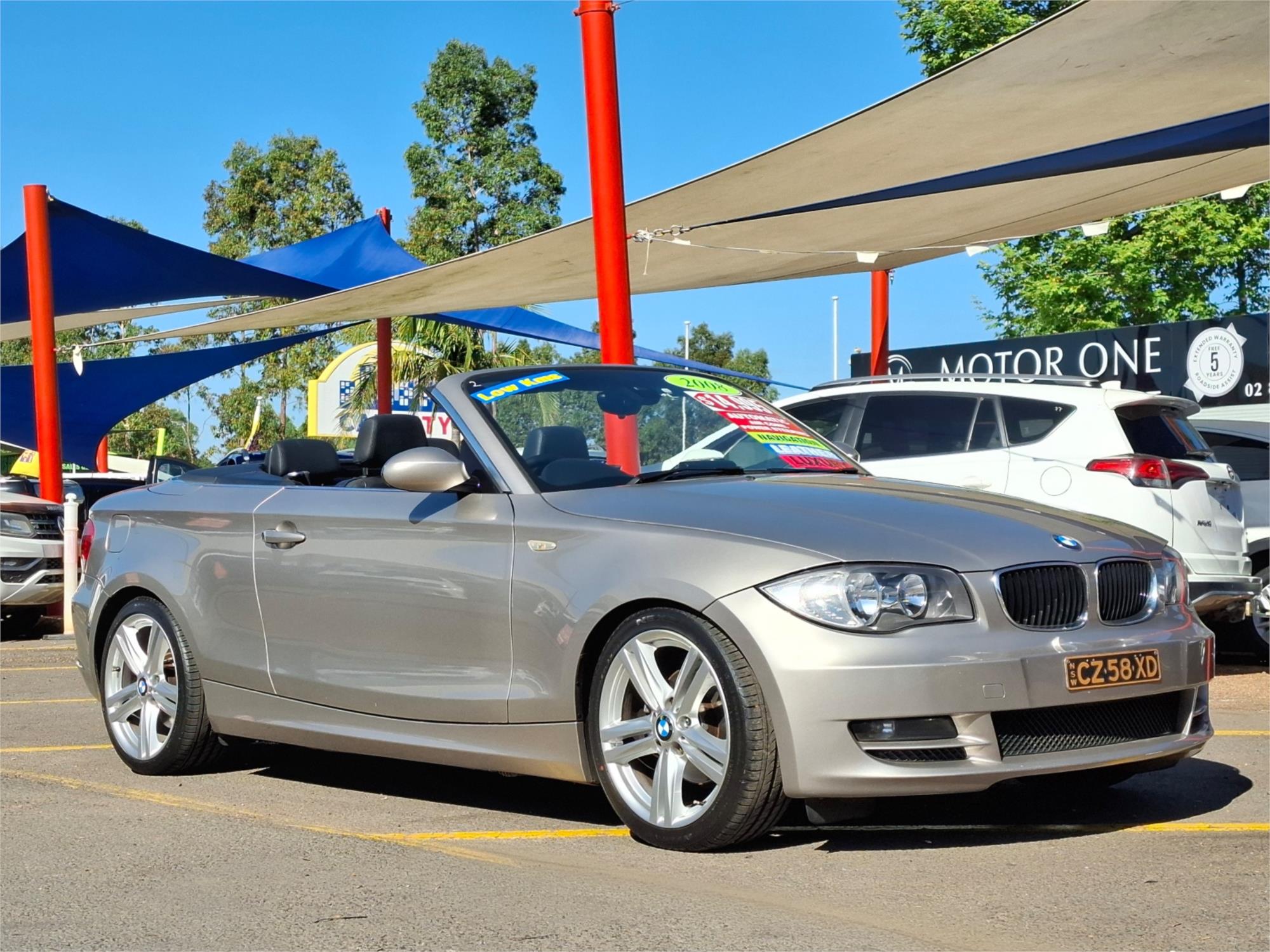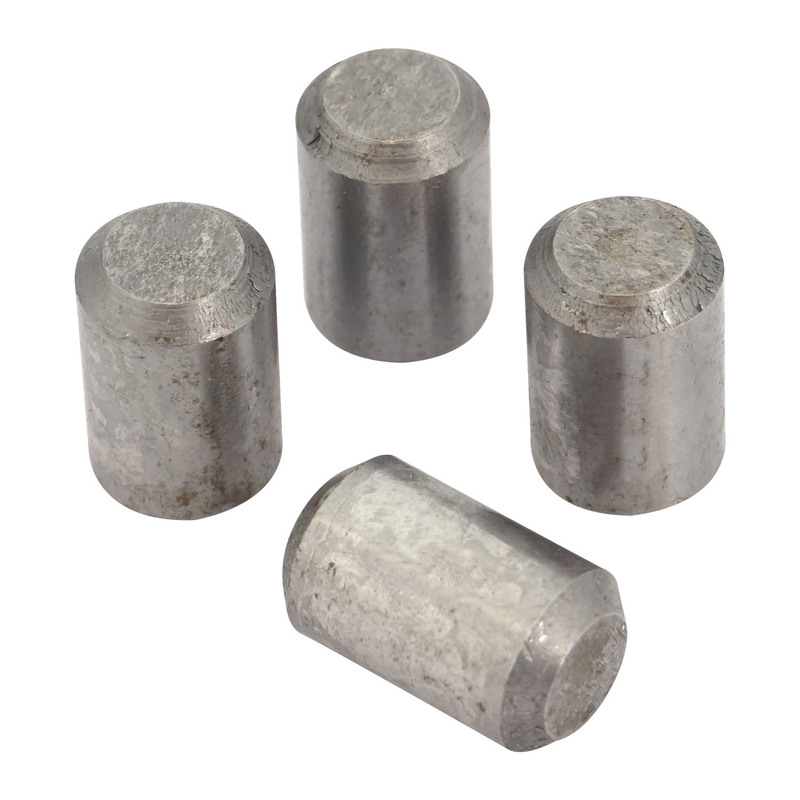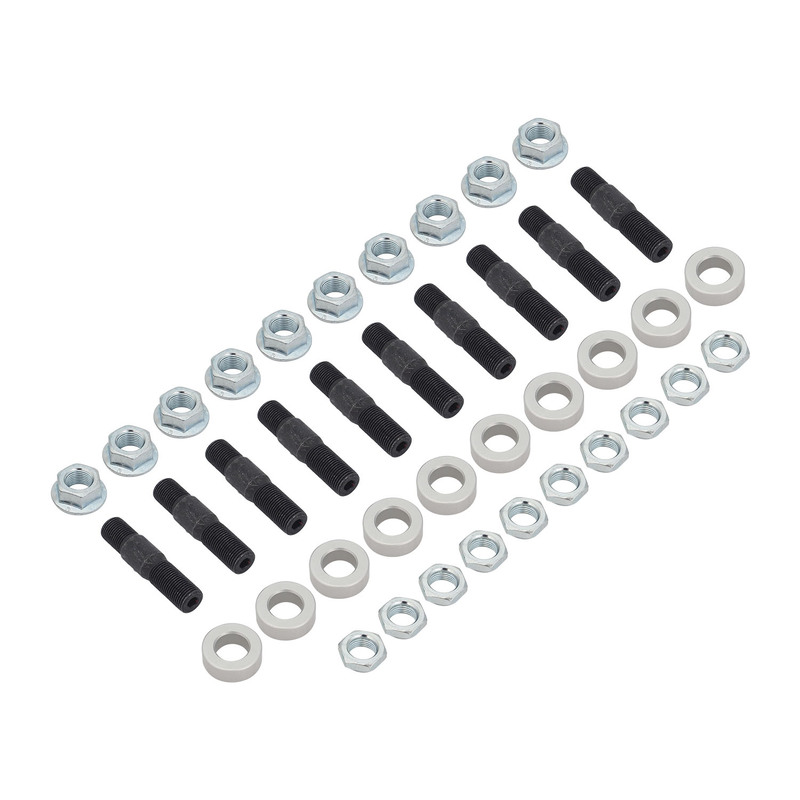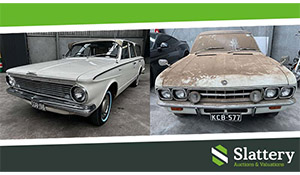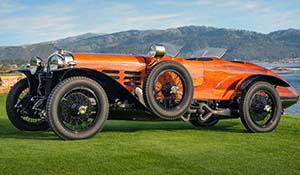Beatnik Bandit, Dodge Deora inducted into NHVR
Two custom cars from the 1960s that were incredibly influential in their time are the latest inductions into the National Historic Vehicle Register (NHVR) in the US. Ed Roth’s ‘Beatnik Bandit’ from 1961 and the ‘Dodge Deora’ built by the Alexander Brothers in 1967 have been formally recognised by the NHVR, joining 34 other cars of significance.

Both cars spawned full-size imitators when new, as well as scale model kits that sold in the tens of thousands. Additionally, both the Beatnik Bandit and Dodge Deora were in the first set of 16 Hot Wheels die cast toy cars released by Mattel in 1968. This impact on broader American automotive culture is why both vehicles have been added to the NHVR.
Created in 2013 by the Hagerty Drivers’ Foundation (formerly the Historic Vehicle Association) to protect the important history of America’s automotive past, the NHVR documents these vehicles in partnership with the U.S. Department of the Interior’s Historic American Engineering Record (HAER) that is permanently archived in the Library of Congress.

“These two custom cars captured the national imagination when they were first introduced, epitomising a period of customisation from the great independent car designers and craftsmen,” said McKeel Hagerty, CEO of Hagerty.
“The cars memorialised by Mattel’s Hot Wheels models set the toy market on fire in 1968 and continue to capture the hearts of enthusiasts and help expand car culture.”
Casey Maxon, Senior Manager of Heritage, Hagerty Drivers Foundation, expanded on how scale and die cast replicas introduced new generations of enthusiasts to cars like the Bandit and Deora.
“Each generation has a touchpoint to car culture; toys and scale model cars have been a major gateway for so many into the world of automobiles,” Maxon said. “Celebrating two of the most iconic cars to be miniaturised and make their way to the toy boxes of children around the world is an exciting opportunity.”

Beatnik Bandit
Built: 1960-1
Chassis: 1950 Oldsmobile
Engine: Supercharged Oldsmobile 303ci V8
Transmission: Four-speed automatic
Wheels/Tyres: 15-inch Fr/Rr, 5.60x15 bias ply front/7.10x15 racing slick rear
Exterior: Pearl White and metallic gold
Interior: White vinyl
One of Ed ‘Big Daddy’ Roth’s best-known creations, the Beatnik Bandit was based on an illustration Joe Henning had penned for a project for Rod & Custom magazine. Roth modified the design, then built the car with ‘Dirty Doug’ Kinney, using a shortened 1950 Oldsmobile chassis and hand-built plaster and fibreglass body.

The 303 V8 from the Olds was kept, fitted with dual Stromberg 97 carburettors and a GMC 4-71 supercharger. The Oldsmobile’s Hydra-Matic four-speed automatic was also retained, along with the solid rear axle, suspension and four-wheel drum brakes. However, some of the more visible components from the donor were either chromed or painted.
The paint, done by Larry Watson, featured flowing panels in metallic gold over a white base. These were accented with white, red and black pinstripes applied by Roth himself. Whitewall tyres on reversed and chromed wheels complemented this, as did the white vinyl interior, produced by Eddie Martinez, with period-style pleating on the seats and doorcards.

Dual headlights and double-stacked tail lights reflected production car styling trends of the time, but the Perspex ‘bubble top’ for the cabin definitely didn’t! One of the standout features on the Beatnik Bandit, the power-operated bubble top would be replicated on many other hot rod and custom cars in the 1960s.
Another interesting element of the Beatnik Bandit was that it featured no pedals or steering wheel. Forward motion, steering and braking were all controlled by a joystick in the centre console. A single gauge sat ahead of this, with switches – presumably for the ignition, lights and opening the bubble top - in between. A small lever located near the (LHD) driver’s seat may be the handbrake or transmission shifter.

Immortalised as a 1:25 scale Revell plastic model kit before it became a 1:64 scale Hot Wheels diecast metal toy, the Beatnik Bandit was owned by Roth and used to promote his mail order art business (led by the famous ‘Rat Fink’ character) until it was sold to a custom car collector in the 1970s.
Colours and detailing on the Beatnik Bandit had changed by the time it came into the possession of renowned car collector William Harrah in the 1980s. He had it restored to its original appearance, including the two-tone panel paint, pinstriping and white vinyl interior.

When the bulk of the 1,400+ cars in Harrah’s Automobile Museum were sold off, 175 vehicles, including the Beatnik Bandit, were donated to a non-profit organisation and formed the basis of the National Automobile Museum in Reno, Nevada.
While it is occasionally loaned out to other museums and for display at special events, the Beatnik Bandit remains a part of the National Automobile Museum to this day.

Dodge Deora
Built: 1965-7
Chassis: C1965 Dodge A100 pickup truck
Engine: Chrysler 170ci ‘Slant Six’ six-cylinder
Transmission: Three-speed manual
Wheels/Tyres: 14-inch Fr/Rr, 235/60R14 tyres
Exterior: Gold
Interior: Black vinyl
The Alexander Brothers – Mike and Larry – were the Ringbrothers of the 1960s, churning out an array of highly individual vehicles. In the case of the Deora (the Dodge prefix came later), it had been penned by Harry Bentley, a designer at General Motors who later went to work for Mattel and was influential in the design and creation of many Hot Wheels cars.

Using a production Dodge A100 cab-forward pickup as a base, the Alexander Brothers retained the truck’s basic chassis and wheelbase, but radically altered the cabin to Bentley’s design. This involved chopping the roof, filling the doors and replacing the windscreen with the rear screen from a 1960 Ford station wagon. This tilted up, while the front of the pickup swung out, like a side-hinged tailgate, to allow entry into the cabin.

To create more room in the cabin, the engine and transmission were moved rearward into the tray area, essentially making the Deora mid-engined. The engine itself was kept largely stock, although twin carbs, compact air cleaners and some cosmetic parts were fitted. The relocation required custom linkages for the transmission, while the steering was switched to an aircraft-style yoke.
Gauges were mounted on a narrow console between custom bucket seats, which were trimmed in pleated black vinyl, reflecting the era of the Deora’s creation. This treatment extended to the area beside and behind the seats, too.

Making its debut at the 1967 Detroit Autorama, the Deora proved to be a hit, winning nine awards, including the prestigious Ridler Award for the Best in Show. While Chrysler played no part in the Deora’s creation, they liked it so much that they leased it off the Alexander Brothers. Repainted metallic lime green from its original gold and renamed ‘Dodge Deora’, the custom pickup was displayed at auto shows alongside Chrysler (usually Dodge) concept and production cars for the next two years.

Sold to a private buyer in the early 1970s, the unique pickup went into storage and remained there until the late 1990s, when it was restored, with the help of Harry Bentley. This was completed in time for a special display devoted to the Alexander Brothers’ custom creations at the 2002 Detroit Autorama. In 2009, the Deora was auctioned for US$324,500 and is now part of the Tom Abrams Collection in Detroit.

As part of their NHVR induction, each car was exhibited in an illuminated glass display case in the middle of the National Mall in Washington D.C.
After each car was displayed individually, both were presented at a special family day to mark their addition to the NHVR roster that includes the 15 millionth Ford Model T, a 1896 Benton-Harbor Motor Carriage, 1984 Plymouth Voyager and a 1918 Cadillac Type 57 used by the US Army in World War I, to name a few.
Custom cars and one-offs in the register include the 1938 Buick ‘Y-Job’ concept, Bob Hirohata’s custom 1951 Mercury, Jesse Valadez’s ‘Gypsy Rose’ 1964 Chevrolet Impala lowrider and the original 1964 Meyers Manx ‘Old Red’ dune buggy. In addition, the NHVR includes several movie star cars, like the 1968 Ford Mustang fastback from Bullitt, a 1985 Modena Spyder California from Ferris Bueller’s Day Off, a 1981 De Lorean from Back to the Future and the 1979 Lamborghini Countach from The Cannonball Run.



